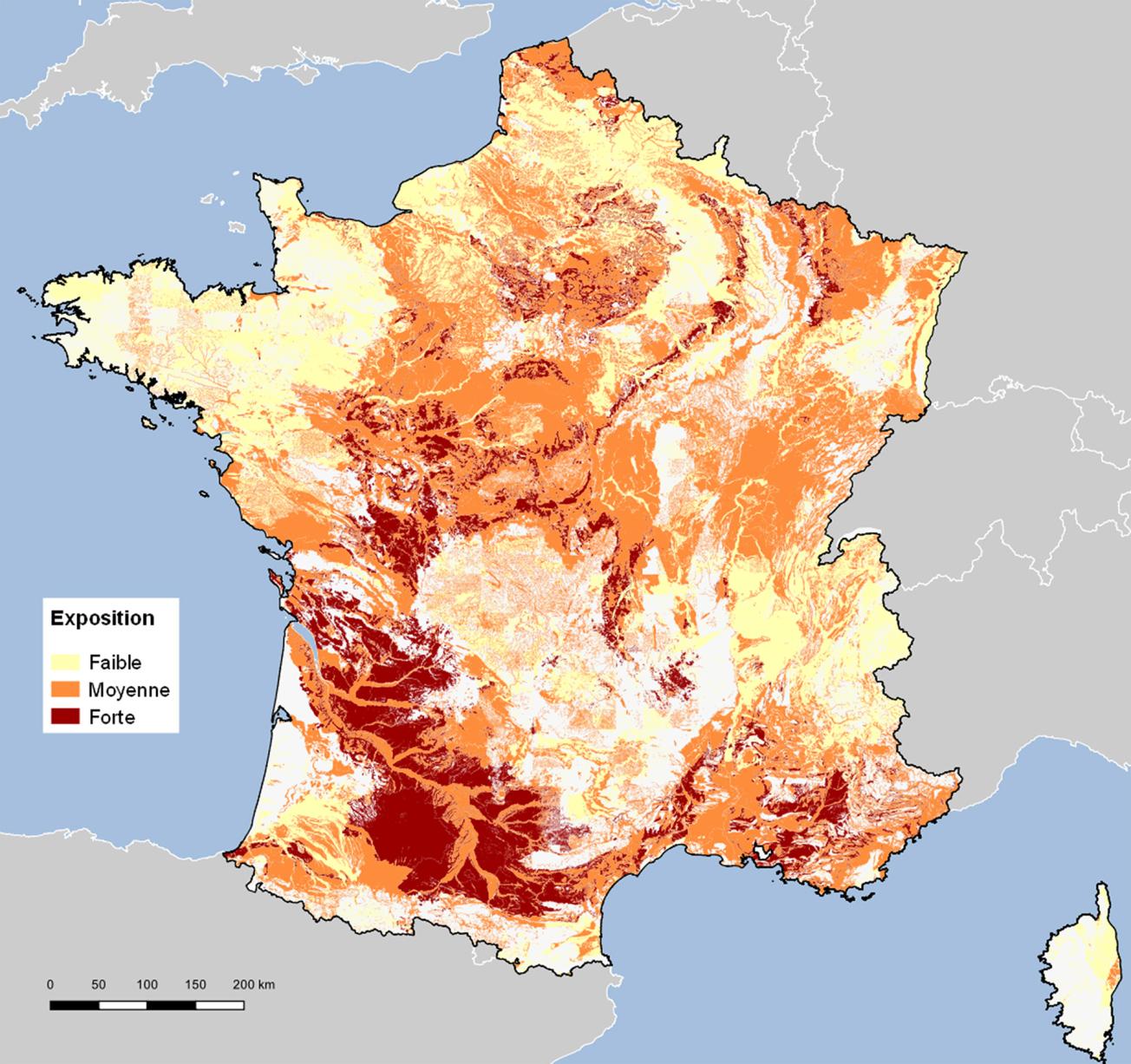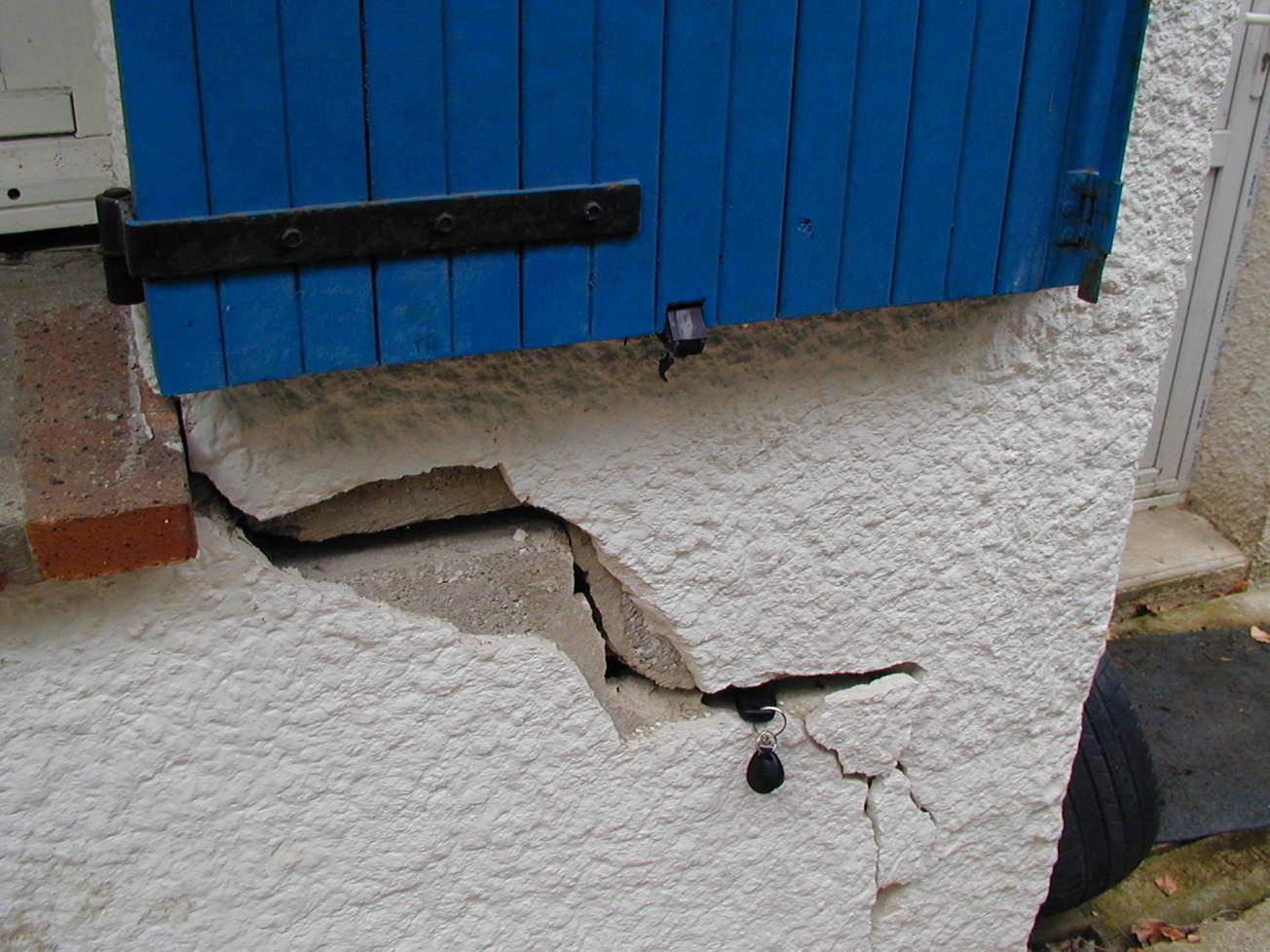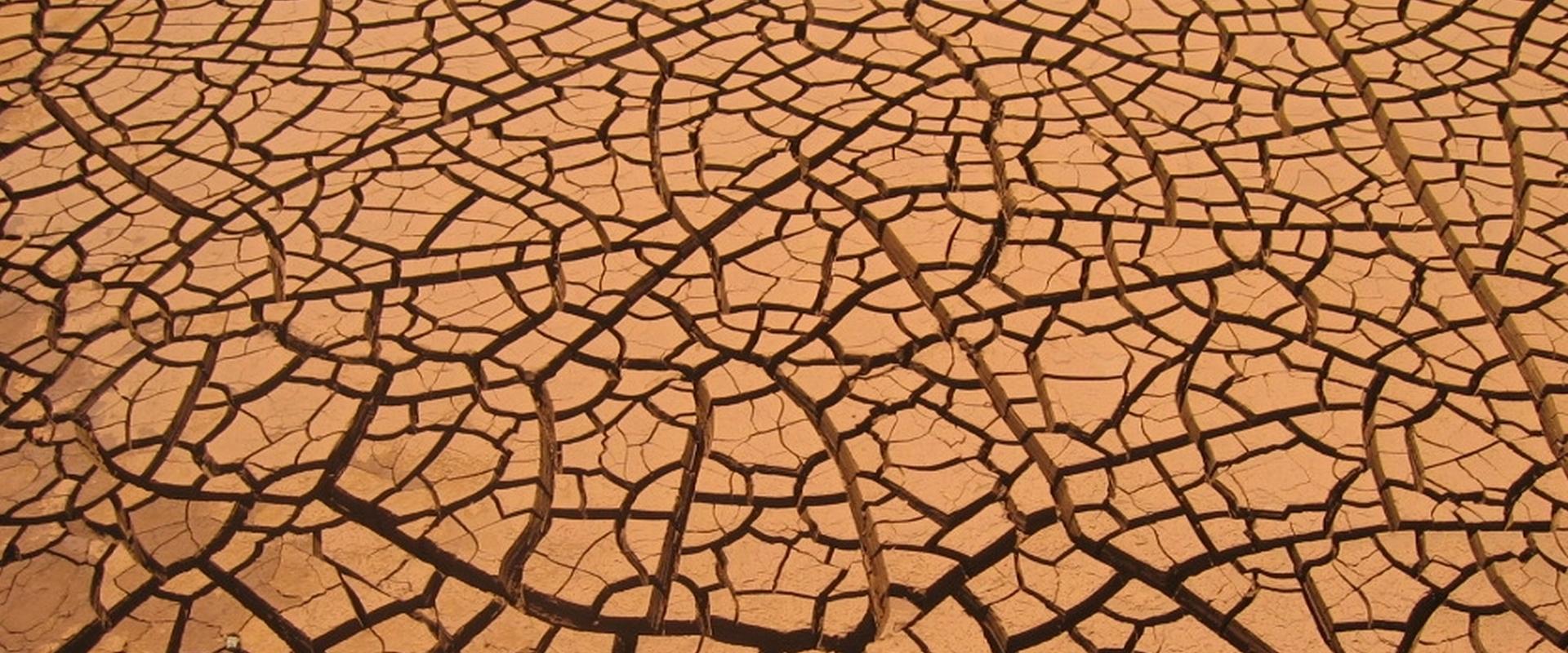
Map showing exposure of clay formations to differential ground movement due to drought and natural soil rehydration (France, 2020).
© BRGM
The need
In France, the total cost of insurance claims related to the phenomenon of shrinking and swelling of clay formations is estimated by the French Central Reinsurance Fund (CCR) to be more than 12 billion euros (October 2019 estimate).
Faced with the scale of this cost, the Ministry of the Environment has been working with the insurance industry to introduce a preventive information policy through the implementation of a new regulatory framework: Article 68 of the ELAN Act (on Developments in Housing, Planning and Digital Technologies). This Act adds a new sub-section to the French Construction and Housing Code on prevention of risks of differential ground movement due to drought and natural soil rehydration. These new regulatory provisions are designed to give building land purchasers better information on the nature of the soil and help prevent the risk of insurance claims related to clay shrinking and swelling. The ELAN Act now makes it compulsory to carry out a geotechnical study when selling building land in exposed areas.
BRGM provided the General Directorate for Risk Prevention (DGPR) with technical support on this regulatory change, relating to regulatory zoning and the drafting of decrees by the Council of State.
The results
As part of this support, BRGM:
- Developed and validated the methodology to be implemented, in particular regarding:
- the methods for defining areas exposed to the phenomenon of differential ground movement due to drought and natural soil rehydration;
- the content and validity period of geotechnical studies;
- Contributed its technical expertise to the drafting of decrees by the Council of State;
- Produced the regulatory zoning map with an analysis of the insurance claims;
- Posted the zoning information on the Géorisques website, along with the accompanying methodological note.

Subsidence cracks in a house due to clay shrinking and swelling (Pas-de-Calais, 2003).
© BRGM - P.Burchi
Using the results
Two decrees have been issued so far:
- Decree No. 2019-495 of 22 May 2019 on the prevention of risks of differential ground movement due to drought and the natural rehydration of clay soils, which amends the French Construction Code and makes geotechnical studies compulsory;
- Decree No. 2019-1223 of 25 November 2019 on special construction techniques in areas exposed to differential ground movement due to drought and natural soil rehydration.
The ministerial decree formalising the zoning of areas exposed to the phenomenon and the decree laying down the scope of the compulsory geotechnical studies have yet to be published.
The partners
- The Mission Risques Naturels (MNR) association

The deadlines for this study were very tight, but the BRGM teams responded quickly and enabled us to update the map within the time available. The map is now more reliable and can already be used to improve knowledge of this natural risk. It is available on the Géorisques website and will undergo further adaptations, mainly regarding inclusion of the overseas départements. In addition, data on insurance claims can be integrated every year.







